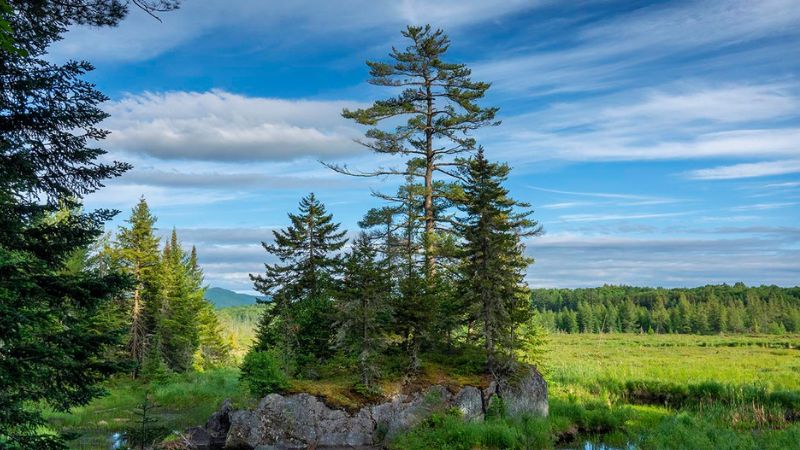Tarantulas, those large, hairy arachnids, evoke fascination and fear in equal measure. With their striking appearance and mysterious behavior, they have captured the imagination of people worldwide. Across the United States, certain states stand out as hotspots for tarantula sightings and habitats. Let’s embark on a journey to nine such states where tarantulas thrive, exploring their habitats, behaviors, and significance in local ecosystems.
Texas:

The Lone Star State boasts a diverse landscape, including vast desert regions where tarantulas find ample refuge. Species like the Texas brown tarantula (Aphonopelma hentzi) are commonly encountered here. Despite their intimidating appearance, these gentle giants play a crucial role in controlling insect populations, making them valuable members of Texas’ ecosystem.
Arizona:
Known for its rugged terrain and scorching deserts, Arizona provides an ideal habitat for several tarantula species. Among them, the desert blond tarantula (Aphonopelma chalcodes) stands out with its golden-hued exoskeleton, blending seamlessly with the arid landscape. Despite the harsh conditions, these tarantulas have adapted remarkably well, showcasing nature’s resilience.
California:
From the coastal cliffs to the inland forests, California hosts a diverse range of tarantula species. The California ebony tarantula (Aphonopelma eutylenum) is a common sight in the state’s chaparral and oak woodlands. Despite urbanization encroaching on their habitats, efforts to preserve these ecosystems are crucial to ensuring the continued survival of these fascinating creatures.
New Mexico:

With its vast expanses of desert and mesas, New Mexico provides ample opportunities for tarantula enthusiasts to encounter these elusive creatures. The New Mexico tarantula (Aphonopelma moderatum) is known for its docile nature and striking coloration, making it a sought-after species for collectors and researchers alike.
Nevada:
While Nevada may be famous for the glitz and glamour of Las Vegas, its remote desert regions harbor a different kind of allure—the tarantula. Species like the Nevada desert tarantula (Aphonopelma iodius) are well-adapted to the harsh desert environment, showcasing nature’s ability to thrive in seemingly inhospitable conditions.
Utah:
From the red rock canyons to the snow-capped peaks, Utah’s diverse landscape is home to several tarantula species. The Utah tarantula (Aphonopelma iodius) is known for its distinctive markings and reclusive behavior, often venturing out under the cover of darkness to hunt for prey. Exploring Utah’s wilderness offers a chance to witness these fascinating creatures in their natural habitat.
Colorado:
With its mix of mountains, plains, and desert regions, Colorado provides a rich tapestry of habitats for tarantulas. The Colorado tarantula (Aphonopelma chalcodes) is a common sight in the state’s grasslands and foothills, where it plays a vital role in maintaining ecological balance. Conservation efforts are essential to safeguarding these habitats and ensuring the continued survival of tarantula populations.
Kansas:

Despite its reputation as a flat and featureless prairie state, Kansas is home to a surprising diversity of wildlife, including tarantulas. The Kansas brown tarantula (Aphonopelma hentzi) is a familiar sight in the state’s grasslands, where it preys on insects and small rodents. Understanding the ecological importance of tarantulas is key to promoting their conservation in Kansas and beyond.
Oklahoma:
Rounding out our list is Oklahoma, where tarantulas are a common sight in the state’s grasslands and prairies. The Oklahoma brown tarantula (Aphonopelma hentzi) is one of the most widespread species, showcasing nature’s adaptability to diverse environments. By preserving these natural habitats, we can ensure that future generations have the opportunity to marvel at these captivating creatures.
Conclusion:
From the deserts of the Southwest to the grasslands of the Midwest, tarantulas inhabit a diverse range of habitats across the United States. While their appearance may strike fear into the hearts of some, tarantulas play a vital role in maintaining ecological balance and are an essential part of our natural heritage. By understanding and appreciating these fascinating creatures, we can work towards conserving their habitats and ensuring their continued survival for generations to come.



